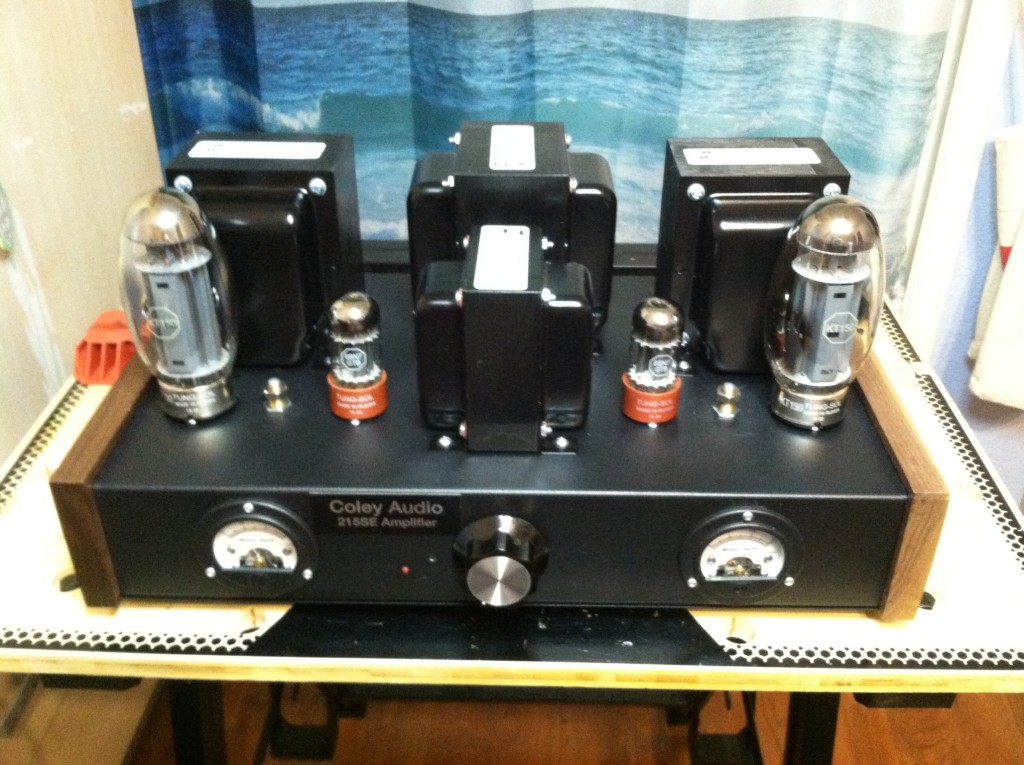
A Stereo Singled-End Amplifier Using the KT-150
Designer:
Craig J Coley
Project Category:
Amplifiers
Project Level:
Advanced
Project Time:
8-20 Hours
Project Cost:
Over $1,000
Project Description:
This project is the Coley 215SE Stereo Amplifier, a 15W per channel Class A single ended triode (SET) amplifier using triode connected Tung-Sol KT-150 beam tetrodes. The sound of the amplifier throughout its power range is warm, clear, and transparent, an excellent choice for driving open baffle speakers.
Design Goals:
The goal of this design was to produce a zero negative feedback single-ended Class A amplifier with enough power to drive a variety of speakers. The Tung-Sol KT-150 was selected for the output tube because of its 60W plate dissipation and good linearity when wired as a triode. The use of a triode connected tetrode has two distinct advantages, (1) 550V plate voltage compared to 1000V for traditional triodes like the 845, and (2) the indirectly heated cathode requires less mitigation of hum. A Tung-Sol 6SN7GTB was chosen for the preamp tube due to its long reputation as an excellent dual triode preamplifier. A modest amount of cathode resistance was used with each section of the 6SN7GTB to stabilize gain.
Driver Selection:
A pair of Hammond 1628SEA was chosen for the output transformers, a Hammond 278CX chosen for the power transformer, and a Hammond 193J chosen for power supply filter choke. Hammond magnetics are conservatively designed, widely available and modestly priced.
Enclosure Design:
A Hammond 1441-32BK3CWW 17x10x3 walnut side steel chassis was chosen because it can support the heavy transformers and has good appearance. Greenlee knock-out punches were used for all tube socket holes and transformer wire entries. A 1:1 2D CAD drawing was made for all sides of the enclosure which aided greatly in packaging and pre drilling the small chassis. Printouts were made of the drawings, taped to the sides of the chassis and then used as drill guides for all hole centers.
Enclosure Assembly:
Once all holes are predrilled in the Hammond chassis, the tube sockets and transformers can be mounted in preparation for wiring. Neoprene grommets should be used for all transformer wire entries due to the high operating voltage. The power supply capacitors are 220 microfarad, 600V aluminum electrolytics and mounted horizontally for safety.
Crossover Design:
The design of the amplifier relied on experience and vacuum tube models available for LTSpice, a free SPICE simulator. SPICE simulation enabled resistor value optimization and stage gain to be determined for the design power level. Since plate dissipation is not an issue in SPICE, the KT-88 model was used in place of the KT-150 with no notable discrepancies. Not shown in the schematic was a low cost remote volume and power control board that was added as an afterthought. These are available from a wide variety of sources, including eBay and elsewhere.
Tips & Tricks:
The construction of this amplifier is straightforward but should only be attempted by an expert builder who is familiar with the safe handling of high voltage. Most of the parts are available from a wide variety of sources, including Parts Express. Trophy plaque companies can make custom metal plaques to label tube types and controls at the builder’s discretion.
Conclusion:
The amplifier worked to expectation the first time it was powered up and required very little tweaking, a testament to accurate vacuum tube SPICE models. The performance is outstanding with warm sound, good bass and delicate highs. The power reserve is also outstanding, with enough punch to deliver good bass even with inefficient speakers. The cost of this amplifier will run around $1100.00 as shown for the parts alone.
About the Designer:
This project was designed and built by Craig J. Coley of Burleson, TX. I work as an electrical designer and am listed as inventor on 8 US patents in the field of electro-optics. I have been an electronics hobbyist since I built my first Heath radio at age 7 and a ham radio operator since age 11. I can be contacted at craigjcoley@gmail.com.

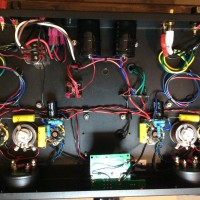
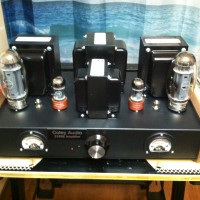
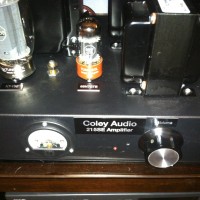
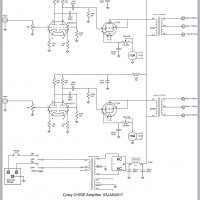
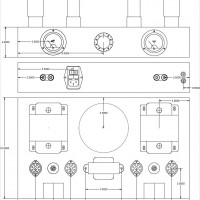
Nice write-up, Craig!
Beautiful work Craig, as usual. I severely lack the tube amp skills, so I envy your prowess… Hong.
Thanks everyone for the great comments.
Excellent simple circuit, great tube choice and the finished product looks great! I bet it sounded glorious!
This is great, I was looking for my next project and this is definitely going to be it. Really appreciate you posting these plans.
I have built Craig’s project. This is my first build of a SET amplifier, I was hoping for a natural sound and it doesn’t disappoint. This is English understatement, I am delighted with the amplifier which is exceeding my expectations. Realistic fatigue free listening. Goes well with my 91dB efficient speakers in small room. I am using KT120 as a starter because they are lower cost and only a bit less powerful. I will now get some KT150. Thank you very much for publishing this project Craig.
Geoff Clarke again…
For some time I have been using the KT150 in Craig’s project. It is very enjoyable and I heartily recommend the project.
Hi Craig, I have simulated in LTSpice but distortion is too high.But I do not know that the my output transformer has the right parameters in LTSpice.
Could you give me please parameters for transformer?
I have the same Hammond trabsformer.
Hi Craig , I just found your posts, I was out looking for a Tube amplifier project that uses the KT150 – (and maybe the new KT170s) and I came across your design…. after I was reading about your project , I realized you were from I had to say hello, I live in Fort Worth Texas! – It’s great to find a fellow audiophile / music lover that’s in the same area!
– I was wondering what your other equipment is and what you are using for Speakers? –
– I was also wondering if you are still happy with your design or have you made any changes to the Amplifier?
Thank you,
Best regards, Dean
I finally have built this beautiful Amp and it sounds awesome! As for the Trannies, they are Custom built but similar like those from Hammond. The Choke has the same specifications like the 193. Filtercaps are 2x 32uF at 500V serial (measured about 23uF at 1000V) the 0.33 Micas you see in the Pictures are now replaced by polyesters (specifically made for audio) the KT150 currently run at about 63mA but i will increase that after 50h burn in.
Feel free to see the Amp Pictures in my Gallery here: https://www.randytomlinson.com/amps/kt150
Respectfully – Randy Tomlinson
Dean, go to the search feature and use the search term: Coley
This will show you the other projects I have submitted to PE. I did pair this amplifier with 12″ point source open baffle speakers of my own design.
Unfortunately, I have lost most of my hearing due to a neurological issue that causes me to hear different pitches and distortion in each ear. I am no longer building amplifiers or speakers.
Hi Craig,
Like the KT150 tube. And your design is an inexpensive
amp to own with the KT150 tubes and should be fun
to build.
Can you please inform what exactly are the VU meters/lamps
in front of the amp.
Very nice amp and planning to build one.
Thanks a lot.
Ed
I’m very sorry to hear about this. Your projects are an inspiration to me. In this world, all we have are moments.
Hermoso trabajo… Te has preguntado ? Cómo puede sonar si puenteamos la G2 (pantalla) al tap central del transformador? (Modo Ultra lineal)??